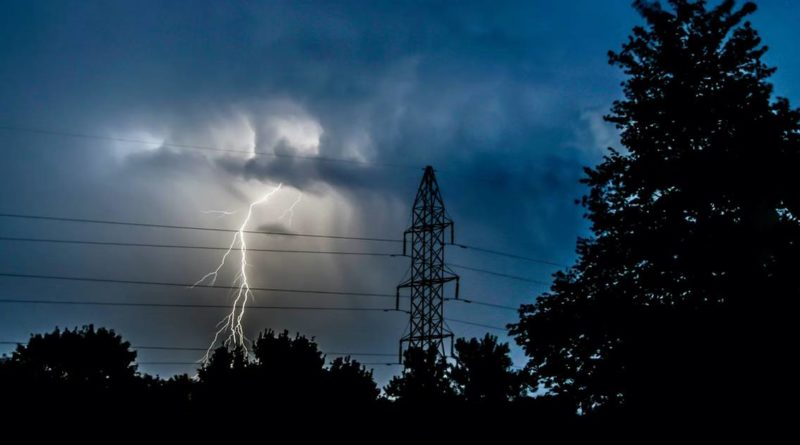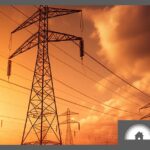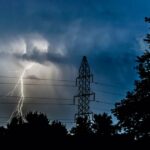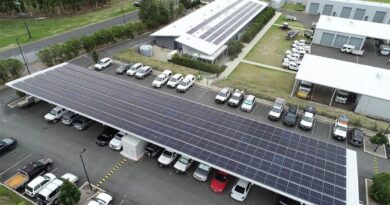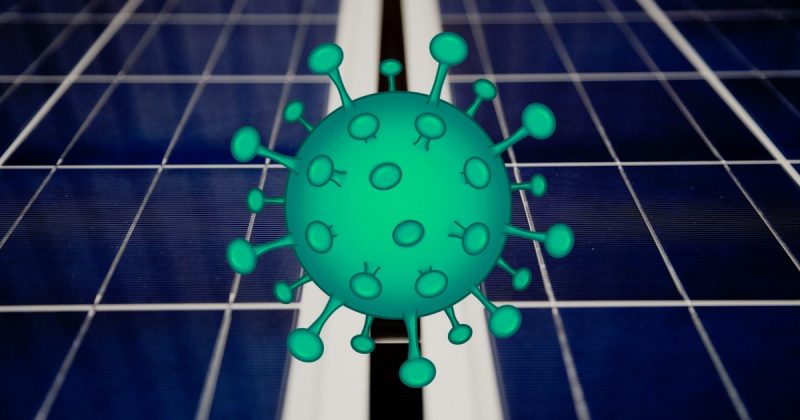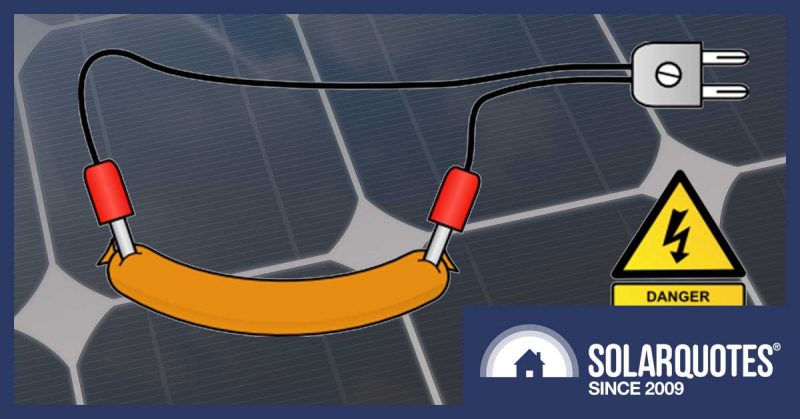Electricity Price Rise Shock For NSW, SA And SEQLD
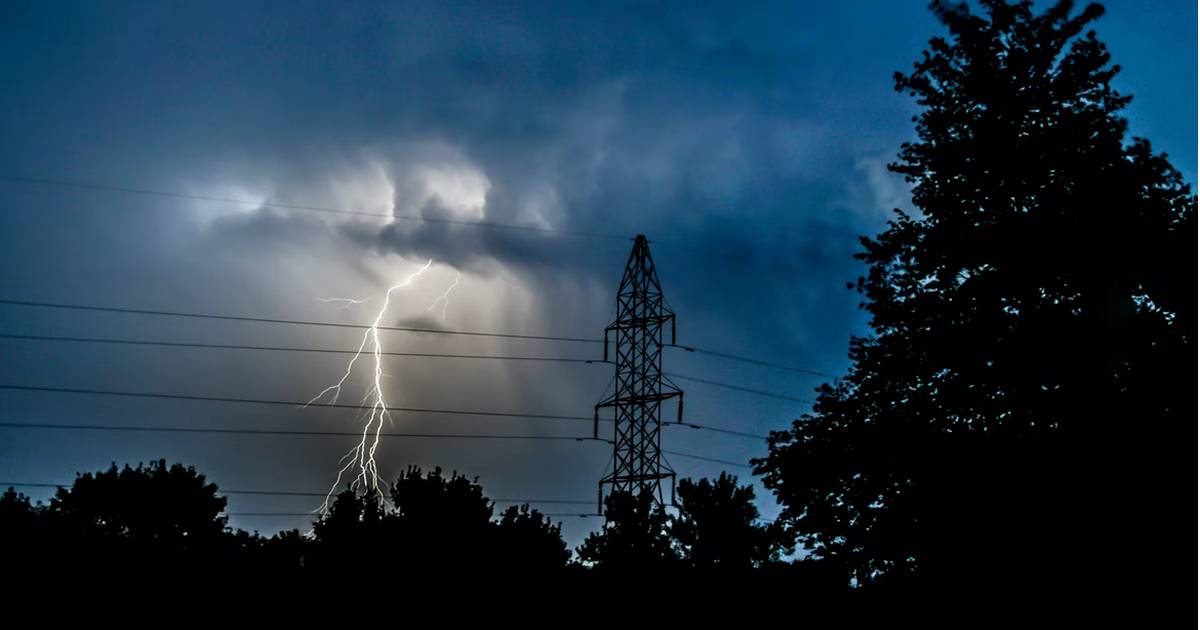

Victoria and Western Australia had already been delivered bad news on electricity prices. New South Wales, South Australia and South-East Queensland received theirs yesterday.
Just to briefly recap, last week Western Australians were told electricity prices would rise (again), harshing some of the buzz provided by the McGowan Government’s recently announced Household Electricity Credit.
Then on Tuesday this week, Victoria’s Essential Services Commission announced it had set that state’s Default Offer (VDO) prices to apply from 1 July 2022 to 30 June 2023. Average annual bills for households and small businesses on that offer will increase by around 5 per cent; with impact varying depending on the distribution area.
What Is A Default Market Offer?
A Default Market Offer (DMO, aka a Standing Offer) are contracts electricity retailers must make available to residential and small business customers who don’t opt for a market offer. It’s a safety net of sorts, ensuring those who overlooked, are too confused, or haven’t taken the time to select what may be a better offer from the retailer aren’t ripped off – too much.
The DMO is meant to allow retailers to recover their costs and make a profit, while encouraging competition for better deals under market offers. So, basically it sets the stage for electricity pricing and when the DMO goes up, it’s likely market offers will also get pricier.
Enter The Grim Reaper Australian Energy Regulator
Each year, the Australian Energy Regulator (AER) sets the Default Market Offer for the following financial year in New South Wales, South Australia and South-East Queensland. It usually releases its final determination on May 1, but was given extra time this year by the then-Morrison Government to get things in order.
We’re told this had absolutely nothing to do with the writing being on the wall regarding rising electricity prices and the then-Morrison Government wanting to put off the bad news until after the Federal Election. The hand grenade was dropped yesterday, leaving the newly-elected Labor Government to cop the blast.
In summary, here’s what’s happening from 1 July 2022 to the DMO in SA, NSW and SE-QLD. These are % changes in nominal terms (without removing expected inflation).
- South Australia – residential: increase of between 7.2% and 9.5%, small business: 5.7% increase.
- South-East Queensland – residential: increase of between 11.3% and 12.6%1, small business: 12.8% increase.
- New South Wales (depending on distribution area) – residential: increase of between 8.5% and 18.3%, small business: 10% to 19.7% increase.
Just on the power bill increases for business, the AER notes DMO 4 prices are not directly comparable with DMO 3 prices due to a new usage benchmark (10,000 kWh annual usage), but the figures are comparisons using that benchmark (20,000 kWh annual usage).
Whichever end of the scale a household or business finds itself on, it’s a significant added cost; piling hundreds of dollars more onto annual power bills for many families. Many businesses will also struggle with paying thousands more.
Why Are Electricity Prices Increasing?
General inflation is playing a big part, but the Regulator also points to significant rises in wholesale electricity costs over the past year caused by:
- reductions in thermal (fossil fuel based) generation resulting from unplanned outages
- higher coal and gas prices due to global instability
- slowing of investment in new capacity
- increasingly ‘peaky’ demand (sharp highs and lows)
Shop Around, Go Solar
AER Chair Clare Savage said it is now especially important electricity customers contact their retailers to ensure they are on the best energy plan for their individual circumstances. The AER recommends the use of the Australian Government’s Energy Made Easy website, which enables an easier comparison of an electricity retailer’s plans – and with those of other retailers.
Installing solar panels will also become more appealing for many Australians as this is a slam-dunk way to reduce power bills if you have a suitable rooftop2. Millions of Australian households and businesses are already harvesting solar energy from their rooftops, not only slashing their electricity costs but also emissions.
SolarQuotes can help out here with founder Finn Peacock’s detailed plain-English guides that will coach you on everything you should know about understanding, buying and owning a home solar power system. Finn also has a special guide focusing on commercial solar.
And of course, there’s SQ’s very popular free quoting service that has been used by hundreds of thousands of Australians; backed by the SolarQuotes Good Installer Guarantee.
The full AER default market offer prices 2022–23 final determination can be viewed here.
Footnotes
- Shortly after the increase was announced, the Palaszczuk Government said Queenslanders will receive a $175 Cost of Living Rebate on their next power bill. Certainly helpful, but a band-aid if prices stay high. ↩
- Try out SQ’s solar calculator to see estimated solar savings and payback in your circumstances. ↩
Original Source: https://www.solarquotes.com.au/blog/electricity-prices-nsw-sa-seqld-mb2491/

